Learning How to Learn: Practicing Self-regulated Learning
Imagine a situation where a student is asked to draft a paper on a topic for which they have little or no knowledge. Without a plan or strategy prepared in advance on how best to approach this task, a student might hastily gather whatever information they can readily find on the topic that would allow them to complete the assignment. While the student who does this may be successful in turning in their paper on time, they may not be successful in achieving any meaningful level of learning about the topic. In this situation, the assignment becomes more of an obligatory “check off the box” endeavor instead of a valuable learning experience.
Now imagine a different scenario where a student develops a plan on how they will approach the assignment. This plan might include different strategies for researching the topic. Some students may choose to conduct research by reading books and articles that focus on the subject matter. Others may find it more beneficial to seek out experts in the field willing to engage in a conversation about the topic. If the topic is related to science, the student may conduct their own first-hand observations or experiments as part of their research. The choice of any of these will be left to the students guided by what they think works best. A well thought out plan for completing the assignment will also include goals specific to the student’s learning objectives, an estimate of how long it will take to meet those goals so that the student can manage their time effectively, and the type of environment that will best facilitate optimal learning and which matches the student’s preferences (for example, working in a quiet room versus working while listening to music). Most importantly, the student will self-monitor their own progress, reflect on whether they are achieving their learning objectives, and determine if any adjustment in strategy is necessary. This scenario is an example of a student engaging in self-regulated learning. Erin Peters-Burton, professor in the Secondary Education Program within the School of Education at George Mason University, recently discussed this construct of learning.
Self-regulated learning emphasizes the process of learning.
Self-regulated learning (SRL), sometimes referred to as self-directed learning, is when an individual regulates or controls their own learning by choosing a strategy best aligned with their personal needs and the content they are studying. An individual can apply SRL to many different contexts of learning because of the skills they possess in metacognition. As described by researchers, metacognition is the capacity of an individual to be aware of their own thinking or learning. Experts believe that the development of SRL skills can serve as the foundation for lifelong learning because this approach emphasizes the process of learning, thereby shifting the focus away from the content itself or the teaching method used by an educator in the classroom. SRL can be practiced by an individual in school, the workplace, or in any other situation that requires learning new skills or developing an understanding of new content.
Forethought, Performance, and Self-reflection
SRL includes three phases: forethought, performance, and self-reflection. The forethought phase is where the student sets goals for their own learning and develops a detailed action plan to achieve those goals. The second stage of SRL is the performance phase where the student implements their own learning plan and self-monitors their progress in achieving the academic goals they have mapped out for themselves. It is during the performance phase that a student may choose to modify parts of their original learning action plan if they feel they are not making sufficient progress. The third phase of SRL centers on self-reflection where the student thinks about what parts of their learning journey were easy, what parts were difficult, and the reasons why. In this last phase, the student has come full circle and has developed the capacity to think about how they learn and to better understand strategies that work best for them in developing a deep comprehension of content.
Teachers can play a significant role in supporting students who engage in SRL.
When it comes to how teachers can support their students who engage in SRL, there are certain steps educators can take. Among these, teachers can externally model a skill drawn from previously learned content which could help students as they work toward new self-directed learning objectives. Teachers can also look for ways to motivate their students to practice SRL. When doing so, teachers must remember that the SRL approach is not easy for students to implement. It requires that the student exercise a certain level of self-discipline. In contrast to more traditional methods of teaching, SRL places more responsibility for learning on the students. Teachers may find that some students are resistant to this shift. Instead of being passive recipients of content presented to them in class, students must be willing to take on a more proactive role in their learning. But if teachers can persuade their students to take charge of their own learning, SRL will help them achieve the success that comes with becoming lifelong learners.
To learn more about degree offerings in the Secondary Education Program at George Mason University, please visit the program website.
